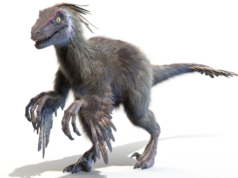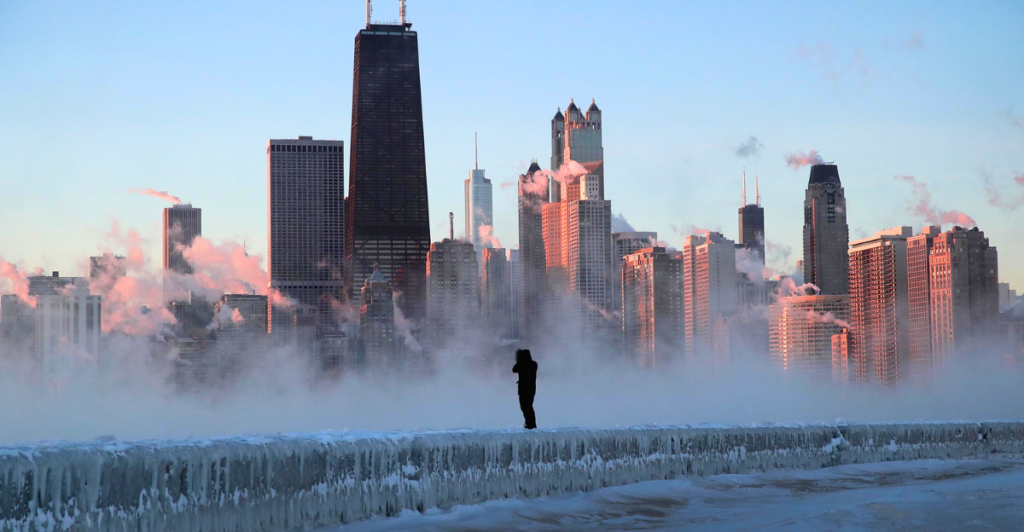
For decades, the big climate story has been global warming, but lately, scientists have noticed something interesting—certain natural cycles might be pushing parts of the planet into a temporary cooling phase. So, what’s actually happening? Is Earth flipping the script, or is this just a minor detour on the road to a hotter future? More importantly, what does this mean for wildlife and ecosystems that rely on climate stability?
The Sun’s Taking a Breather
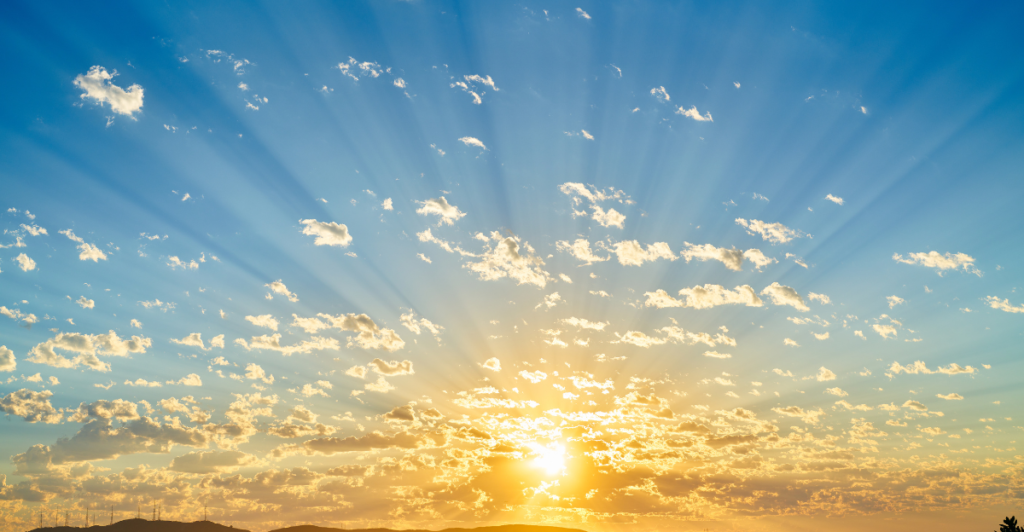
The Sun isn’t as consistent as you’d think, it goes through cycles of high and low activity. Right now, we’re in a quieter solar phase, meaning less heat is reaching Earth. This might be cooling things down slightly, but it’s not enough to cancel out human-driven warming. Think of it like turning down the oven while the stovetop is still on full blast.
The Atlantic Ocean’s Heat Conveyor Is Slowing
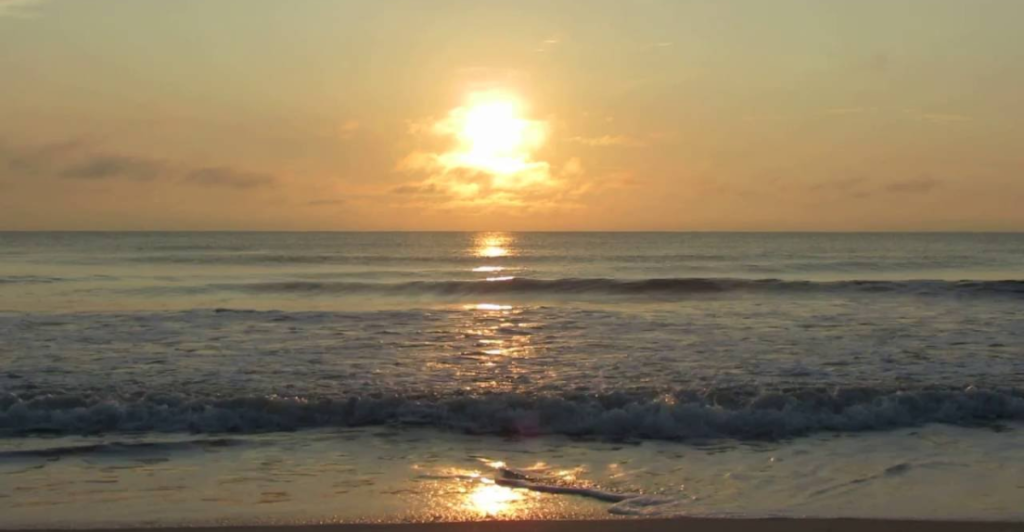
Ever wonder why Europe doesn’t freeze over in the winter like parts of Canada? It’s all thanks to the Atlantic Meridional Overturning Circulation (AMOC)—a giant ocean current moving warm water around the globe. But scientists say it’s slowing down, meaning less heat is reaching some regions. The result? Harsher winters in places that aren’t used to them.
More Volcanic Eruptions Are Blocking the Sun
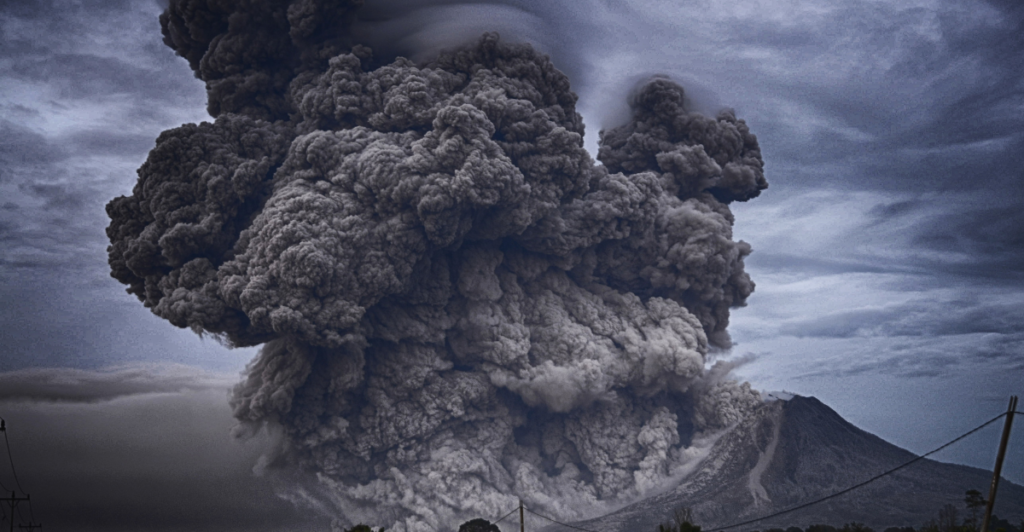
Big volcanic eruptions don’t just create dramatic landscapes, they also release ash and sulfur into the atmosphere, which reflects sunlight and temporarily cools the planet. History has seen this before when Mount Tambora erupted in 1815, it caused a “Year Without a Summer.” If volcanic activity keeps rising, it could add to the temporary cooling effect.
La Niña Is Cooling the Pacific
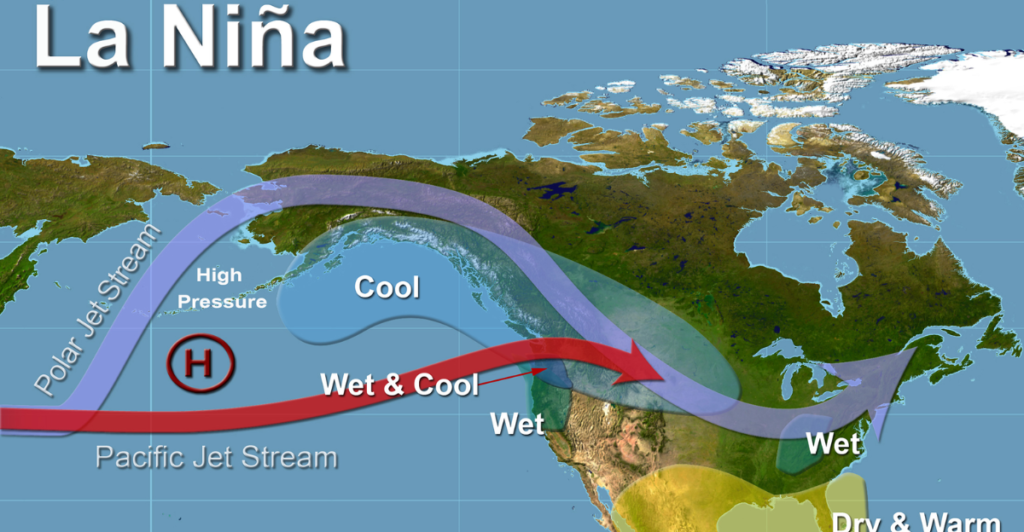
Every few years, the Pacific Ocean flips between El Niño (warmer) and La Niña (cooler). Right now, La Niña is in control, bringing cooler waters, stronger storms, and shifts in weather patterns. Some regions will feel the chill, while others will get slammed with unusual weather. Either way, wildlife is in for a not so pleasant shake-up.
Arctic Ice Is Bouncing Back (Sort Of)
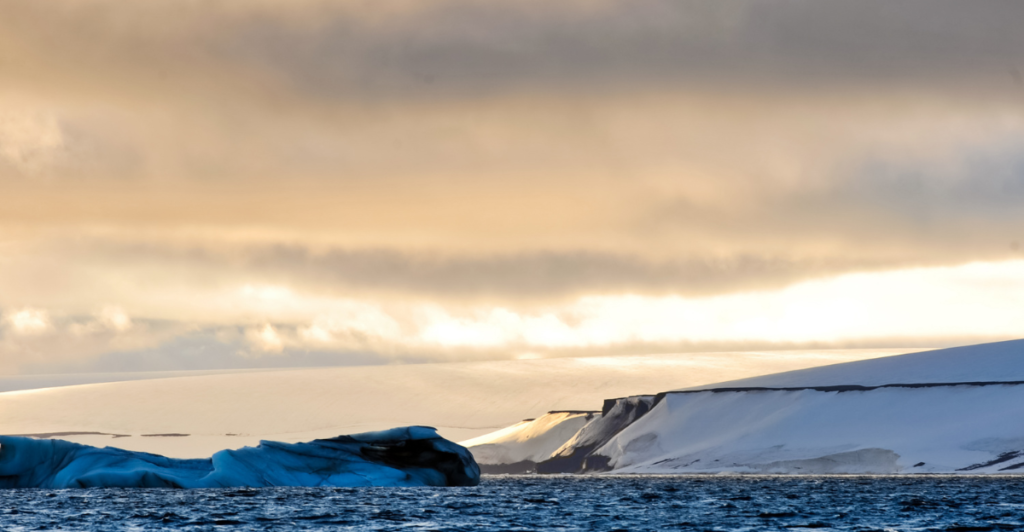
We’re used to hearing about melting ice caps, but recently, some areas of the Arctic have seen seasonal ice growth. Is this a sign of long-term recovery? Not really. It’s more like a temporary slowdown rather than a full reversal. Polar bears might get a short-lived break, but the long-term trend is still pointing downward.
Some Animals Are Delaying Migration
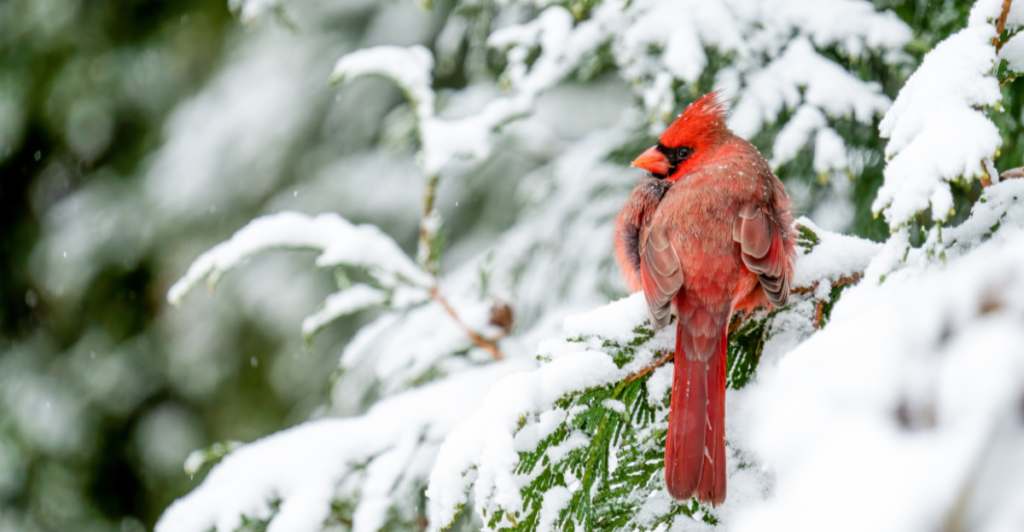
Wildlife responds to subtle temperature changes, and some species are adjusting their migration patterns. Birds that normally head south for the winter are sticking around longer, while cold-loving animals are expanding their territory. This kind of shift could lead to unexpected competition for food and habitat.
The Polar Vortex Is Getting Unpredictable
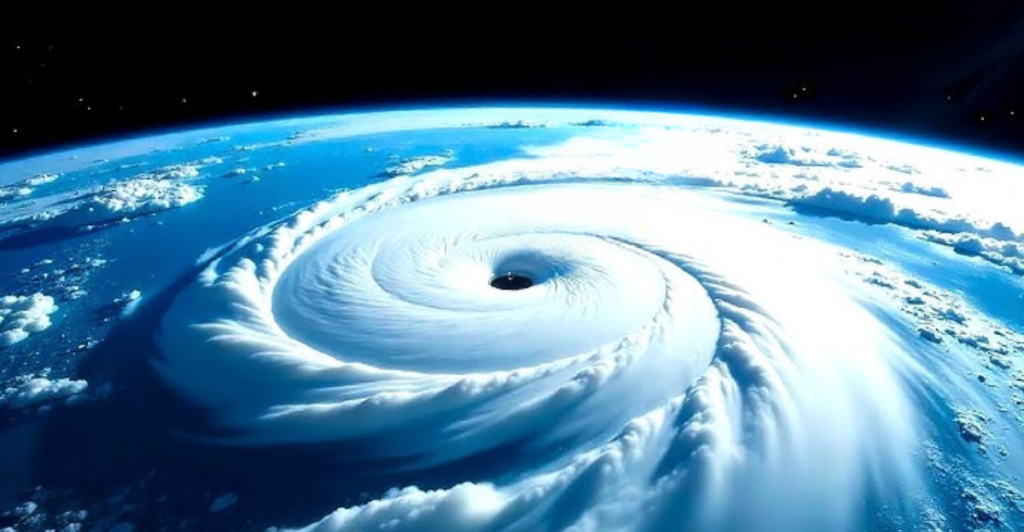
If you’ve ever thought, “Why is my winter suddenly so brutal?”, the answer might be the polar vortex—a huge mass of cold Arctic air that usually stays up north. But lately, it’s been breaking apart and drifting south, causing extreme cold snaps in places that normally don’t get them. Texas, we’re looking at you.
Cold-Weather Species Are Thriving
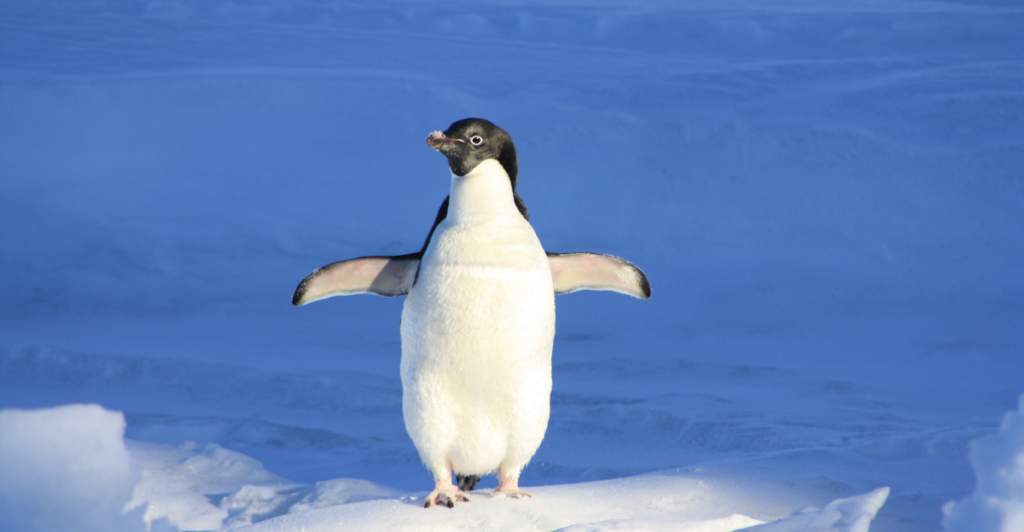
While heat-sensitive animals struggle, cold-weather species like moose, wolves, and certain fish are actually benefiting. Fewer heatwaves mean lower parasite levels and more stable conditions in some regions. It’s not great news for every species, but for those that love the cold, it’s a rare silver lining.
Farming Is Getting Tricky
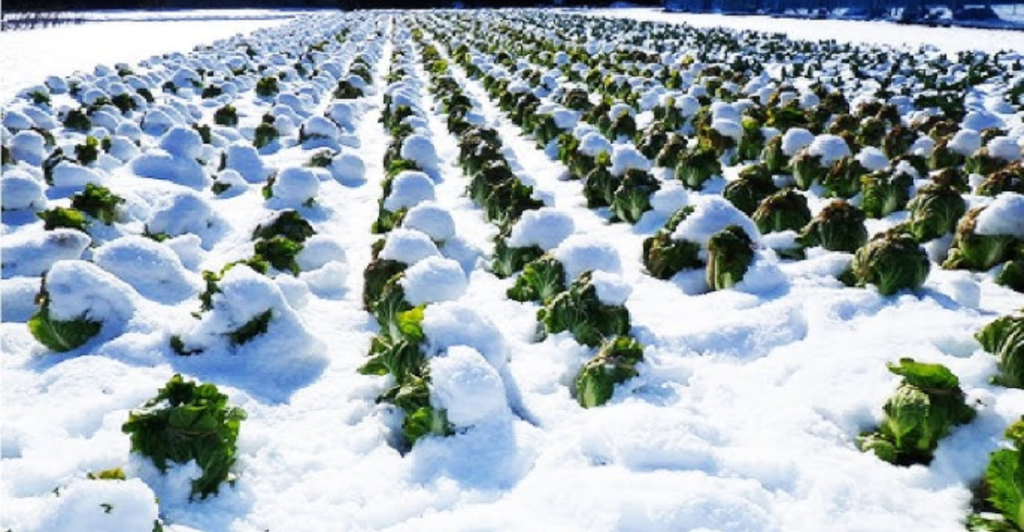
A shorter growing season? Not ideal. If cooling trends continue, some crops could struggle with unexpected frosts and shorter warm periods. That’s bad news for both farmers and wildlife that rely on these food sources. If agriculture takes a hit, expect ripple effects through entire ecosystems.
Coral Reefs Are Catching a Temporary Break
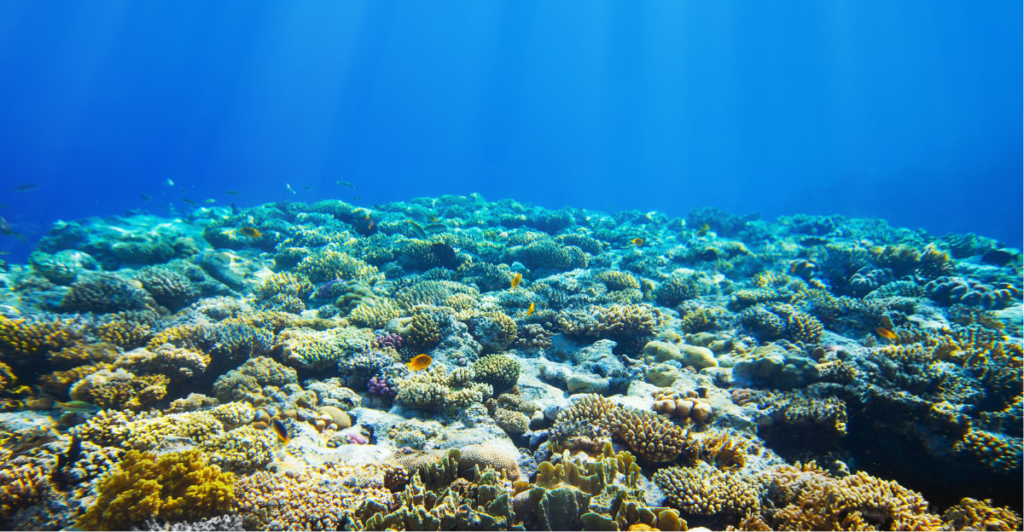
Coral reefs have been in serious trouble thanks to warming waters. If ocean temperatures dip slightly, they might get a short break from bleaching. But cooling alone won’t save them—pollution and ocean acidification are still major threats. You can’t put a band aid on the size of this wound.
Weather Is Getting More Extreme
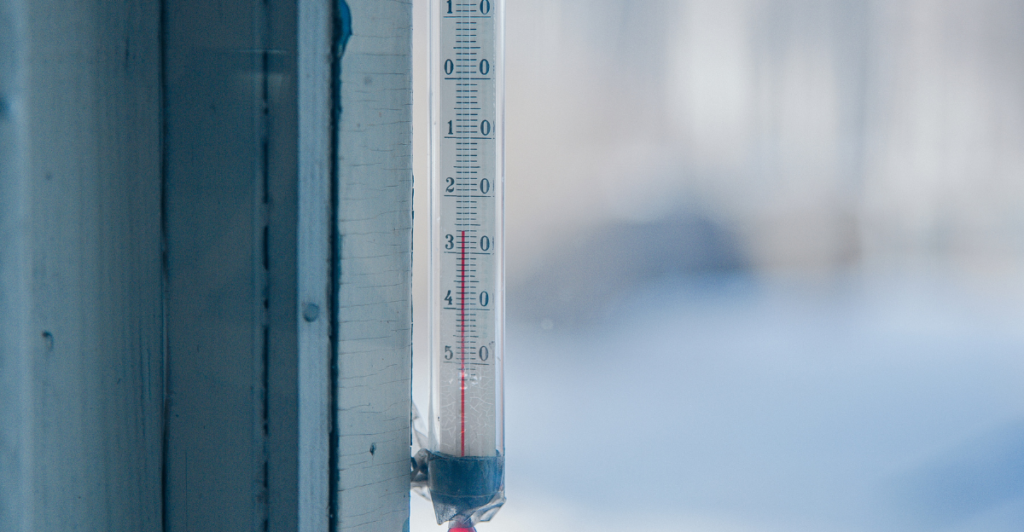
A cooling trend doesn’t mean calm, predictable weather—in fact, it’s often the opposite. Temperature imbalances create stronger storms, more unpredictable blizzards, and chaotic seasonal shifts. Wildlife (and humans) will need to adapt fast to the new normal.
A New Mini Ice Age? Not Likely
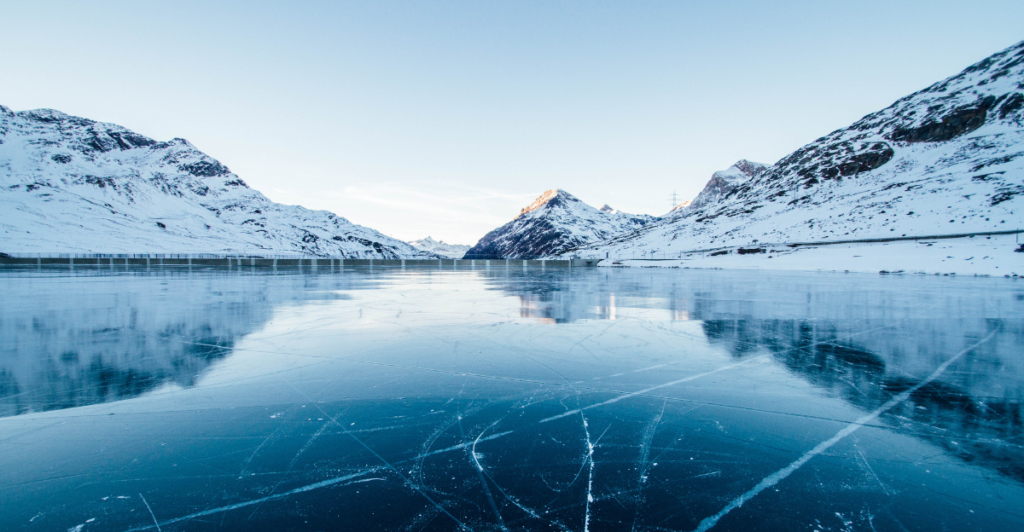
Some scientists have compared today’s trends to the Little Ice Age (1300–1850), when Europe experienced brutal winters and widespread crop failures. But before you start prepping for a frozen apocalypse, know this: human-driven climate change is still the dominant force. We might see regional cooling, but a full-blown Ice Age? Unlikely.
Cooling or Not, Climate Change Is Here to Stay
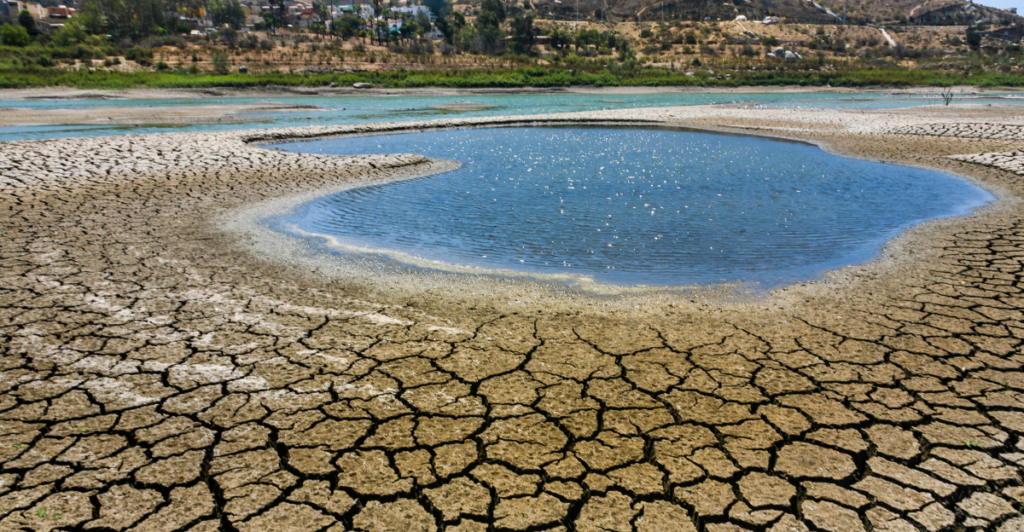
The idea of Earth cooling might sound surprising, but natural climate cycles have always influenced global temperatures. The real issue isn’t just warming or cooling—it’s the unpredictability and rapid shifts in climate patterns. Wildlife and ecosystems thrive on stability, and when things start swinging between extremes, they’re the ones that suffer first.



